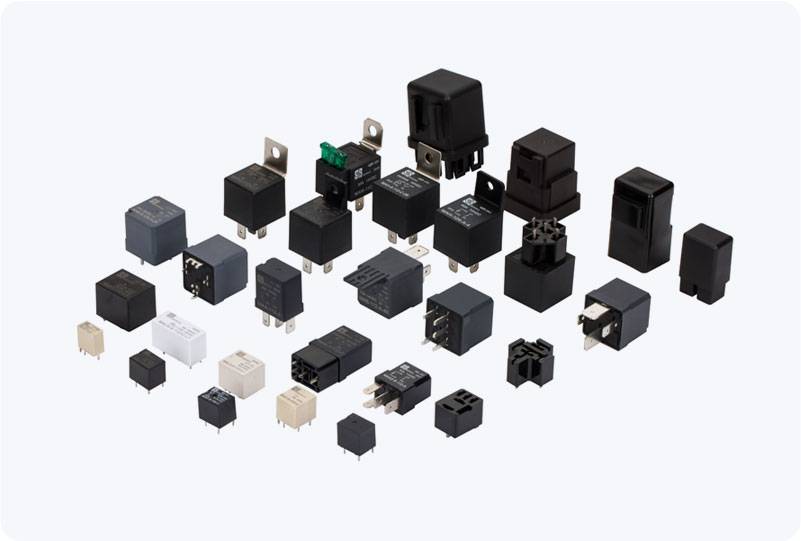Electromechanical relays (EMRs) are one of the oldest and most widely used electrical control devices in the world. Operating on the simple yet powerful principle of electromagnetic force, these relays have found their place in diverse applications, ranging from household appliances to industrial automation systems. Despite the advent of solid-state devices, electromechanical relays remain relevant due to their reliability, versatility, and cost-effectiveness. This article delves into the working mechanism, types, advantages, and applications of electromechanical relays, highlighting why they continue to be indispensable in modern electrical and electronic systems.

Working Principle of Electromechanical Relays The basic function of an electromechanical relay is to switch electrical circuits on and off by using an electromagnet. When an electrical current flows through a coil (also known as the relay’s winding), it generates a magnetic field. This magnetic field then attracts a metal armature, which is connected to a set of contacts. These contacts either close (make a connection) or open (break a connection), depending on the design of the relay. The process of making or breaking a circuit allows the relay to control a larger current or a different circuit entirely.